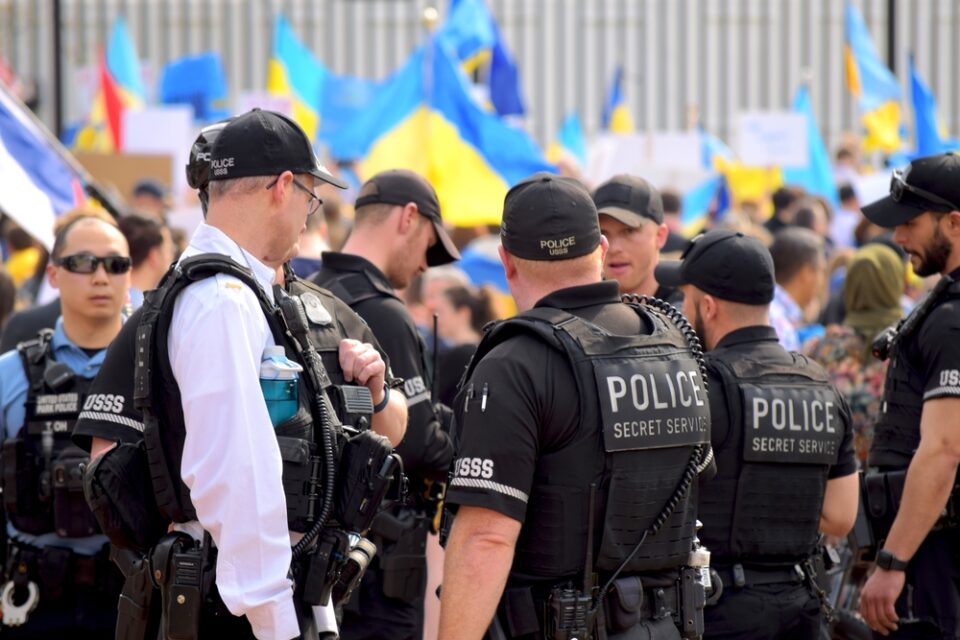A classified Secret Service report on the attempted assassination of Donald Trump reveals a whole new level of incompetence and security failures. Turns out, the Trump campaign was right to question the Secret Service’s protection long before the Butler rally and for years prior. Congress got their hands on the report—dubbed the “Mission Assurance investigation”—and what they found was shocking, to say the least. During a closed-door briefing, several members of Congress didn’t hold back in expressing their disbelief at the sheer lack of preparedness that day.
Democratic Senator Richard Blumenthal from Connecticut spoke bluntly, saying, “The American people are going to be shocked, astonished, and appalled by what we will report to them about the failures by the Secret Service in this assassination attempt on the former president.” Not stopping there, Blumenthal also took aim at the Department of Homeland Security (DHS), calling out their failure to provide straightforward information. In other words, it seems the lack of transparency is almost as bad as the lack of security.
Even Senator Ron Johnson from Wisconsin expressed his frustration with the situation. He pointed out that Acting Secret Service Director Ronald Rowe wasn’t exactly forthcoming with details, though Rowe did promise to eventually provide more information. But let’s be real—two months after the incident, and DHS and the Secret Service are still dragging their feet when it comes to cooperating with Congress. Maybe they’re hoping people will forget, but with this kind of colossal failure, that’s wishful thinking at best.
There’s talk of releasing a redacted version of the report sometime next week, but one major question still lingers: How on earth did the shooter manage to get a clear shot from the AGR building, which was less than 130 yards from the rally stage? Reports suggest the Secret Service had a plan to block the shooter’s line of sight, but, spoiler alert, it didn’t go as planned. According to sources, the agents had floated the idea of using heavy equipment and flags to obscure the shooter’s view. But when supervisors showed up on the day of the rally, they found that none of these measures were in place. The cranes, trucks, and flags meant to protect the Republican nominee were apparently arranged in the least effective way possible.
So, what stopped these supervisors from fixing the situation before Trump took the stage? We may never know. The Secret Service’s own acting director, Ron Rowe, admitted to Congress that they’re stuck trying to perform a “zero fail mission” while making their agents work with limited resources. But let’s face it—this kind of sloppiness can’t be blamed on a lack of resources alone.
The Mission Assurance Investigation revealed even more damning details. Apparently, a Secret Service radio room, which should’ve been monitoring potential threats, had no way of receiving real-time alerts from local police. That’s right—the very people tasked with protecting the president weren’t getting critical updates about suspicious activity at the event. Local police had spotted a man acting oddly near the AGR building, carrying a range finder, yet this information wasn’t relayed to the Secret Service in any meaningful way. Instead of alerting everyone, the police sent a single photo of the suspicious man to just one Secret Service official. Unsurprisingly, that gunman turned out to be the shooter.
Even as Trump began speaking, Secret Service agents were still unaware of the unfolding threat. Local police were trying to track down the suspect, but the agents remained clueless. It’s hard not to wonder if complacency was the real issue here. Maybe the agents just didn’t believe an assassination attempt was possible, or worse, maybe they didn’t care enough to take the threat seriously. Either way, it’s clear that this was more than just a few simple mistakes—it was a catastrophic failure of responsibility at every level.

